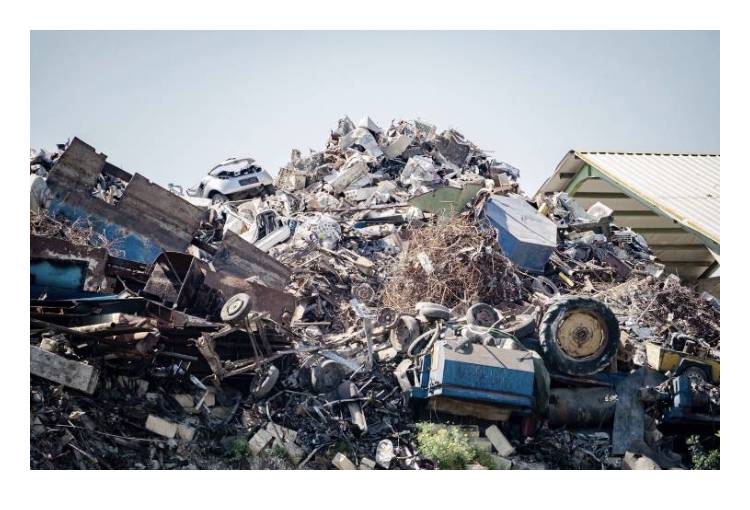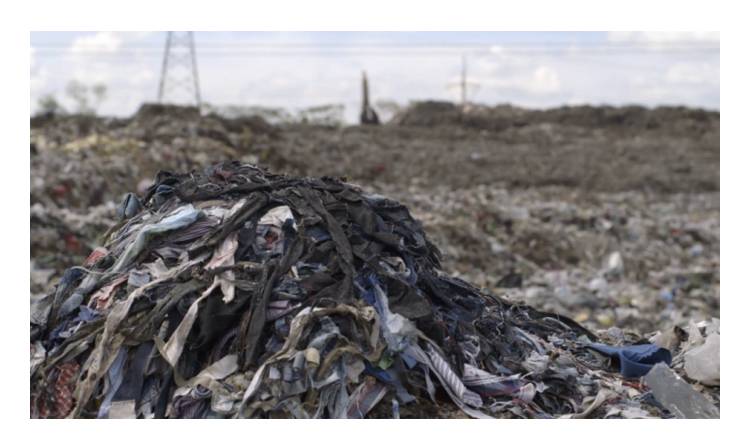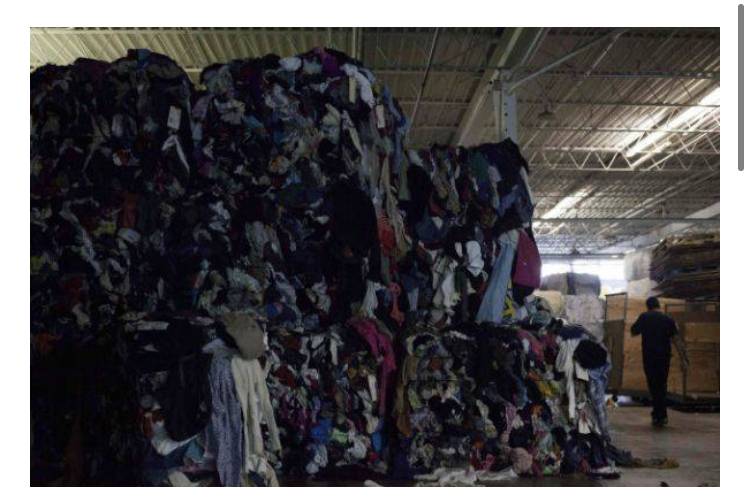Words by Melissa Chorlton
 One of the biggest problems the world is facing is pollution and with our bad habit of throwing things away, it isn’t hard to see why. The fashion industry is one of the worst polluters in the world, whether this is from using unsustainable materials, wasting valuable resources such as water or simply throwing away clothes that are not in style anymore. Fast fashion is a huge issue that is continuing to grow even larger than ever before.
One of the biggest problems the world is facing is pollution and with our bad habit of throwing things away, it isn’t hard to see why. The fashion industry is one of the worst polluters in the world, whether this is from using unsustainable materials, wasting valuable resources such as water or simply throwing away clothes that are not in style anymore. Fast fashion is a huge issue that is continuing to grow even larger than ever before.
It is clear to see there needs to be a movement to abolish unsustainable methods of production as well as adopt a more circular production method. This is no fault of consumers as it can be difficult to comprehend how fast fashion impacts the environment when we shop at our favourite shops where the clothing is made thousands of miles away.
Now innovation is possible within the fashion industry, we are seeing new materials and new production methods being implemented by some of the top designers such as circular fashion. In this article, we will go through what circular fashion is and how it differs from linear fashion.
 What is circular fashion?
What is circular fashion?
The whole theory behind circular fashion production is that a product is made without wasting any materials or resources and that the product must still be equally as important when a consumer is finished with it.
The system contemplates the types of materials being used and the production method considerably in order to minimise the amount of waste throughout the whole process. They also consider how that item of clothing can be repurposed once the consumer is finished with it.
Circular fashion’s main consideration is how long an item of clothing can last as well as the life cycle of products such as designing out waste and pollution. Linear fashion is quite the opposite as there is no real consideration for the end of life of clothing and is only bothered about selling the product and not caring about the waste or pollution.
If more brands adopted a closed-loop fashion production method, the materials would be reused continuously or recycled which then eliminates any waste or pollution. This is simply because the natural resources would be in less demand as cut-offs from materials already in circulation would be used in replacement.
 How does circular fashion work?
How does circular fashion work?
To understand the process further, it is best to describe the process, Let’s start with a gym tee.
Due to the nature of a gym t-shirt, it needs to be breathable as well as light and more than likely have some stretch to it.
In linear production, the designer will create the design, the production team will pick the materials and the factory will then mass produce that product which is then shipped thousands of miles to the stores that sell the product. It is easy to see why many consumers are completely oblivious of the impact made by one simple T-shirt.
When it comes to circular fashion, every step of the design is considered from design to retail as well as aftercare, longevity and how sustainable that item is. When thinking about circular design, the designers will be considering the following:
 What are the environmental benefits of circular fashion?
What are the environmental benefits of circular fashion?Circular fashion has many benefits and if more designers adopted circular fashion production as it doesn’t just aim to abolish the serious impact of linear production as it helps to build the stepping stones for other companies to follow. It also helps to create jobs, new businesses and other economic opportunities as well as environmental and social benefits. Circular fashion processing considers everyone and everything that is affected whilst other benefits include:
 How Can Consumers Help To Encourage Circular Fashion
How Can Consumers Help To Encourage Circular FashionAlthough fast fashion is not all the consumer’s fault, they play a vital role when it comes to implementing and developing circular production methods. Increased demand and support for the process are what keep things developing.
Many companies are on the right track and adopting more sustainable materials such as Gods Gift whereas other companies have already adopted circular fashion production methods such as Stella McCartney.
Other stores are now looking at how they can extend the use of their existing products such as Levi now repair your jeans. Here are some ways in which consumers can do to help promote circular fashion production:
There are many ways in which circular fashion can benefit us and the environment as the possibilities are endless. It is up to brands and consumers to work together and follow a more sustainable path. If more brands adopt circular fashion production, the fast fashion industry will be out and capsule wardrobes will forever be timeless.